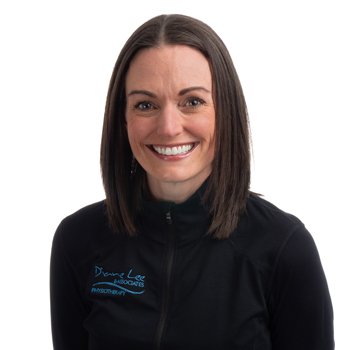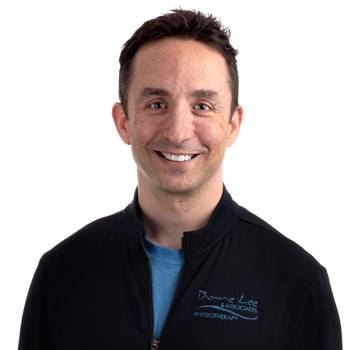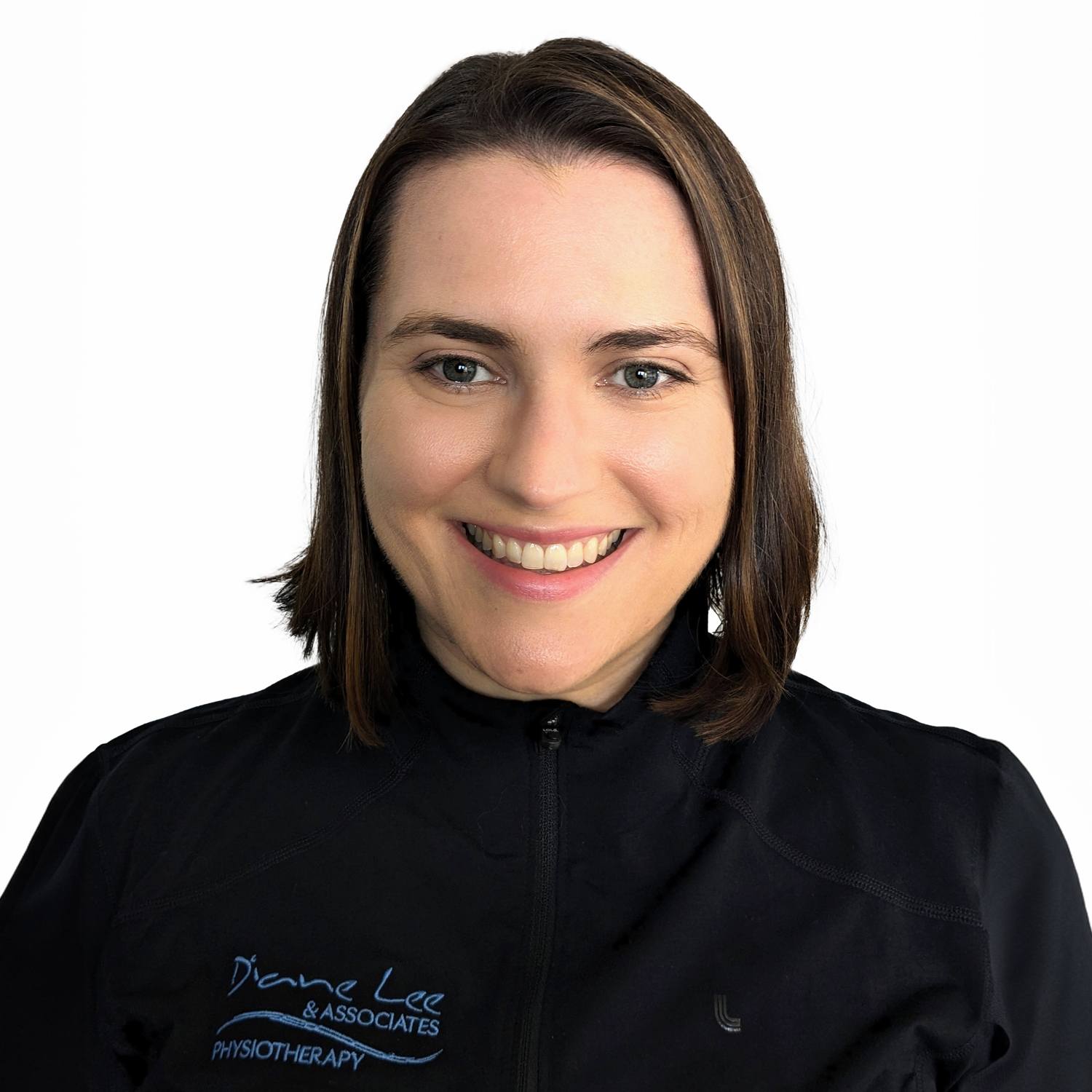Have you recently had or are planning to undergo an Orthopaedic Surgery and wondering if Physiotherapy can help?
Physiotherapy can help you prepare for surgery and manage your recovery. Short and long term outcomes after surgery can be improved with collaboration and guidance by a physiotherapist (Bade et al., 2012, Hoogeboom et al., 2014). Our physiotherapists will complete a full assessment both pre and post-op and develop an individual treatment plan to help expedite your recovery and reduce any secondary problems related to the surgery.
Orthopaedic Surgery includes, but is not limited to:
- Joint Replacements
- Knee joint replacement
- Hip joint replacement
- Shoulder joint replacement
- Spinal Surgery (Any Type)
- Ligament Repair (Any Joint)
- Knee: ACL, Meniscus
- Ankle
- Hand
- Muscle Repair
- Rotator Cuff
- Hamstring
- Achilles Tendon
- Fractures
- Ankle
- Wrist
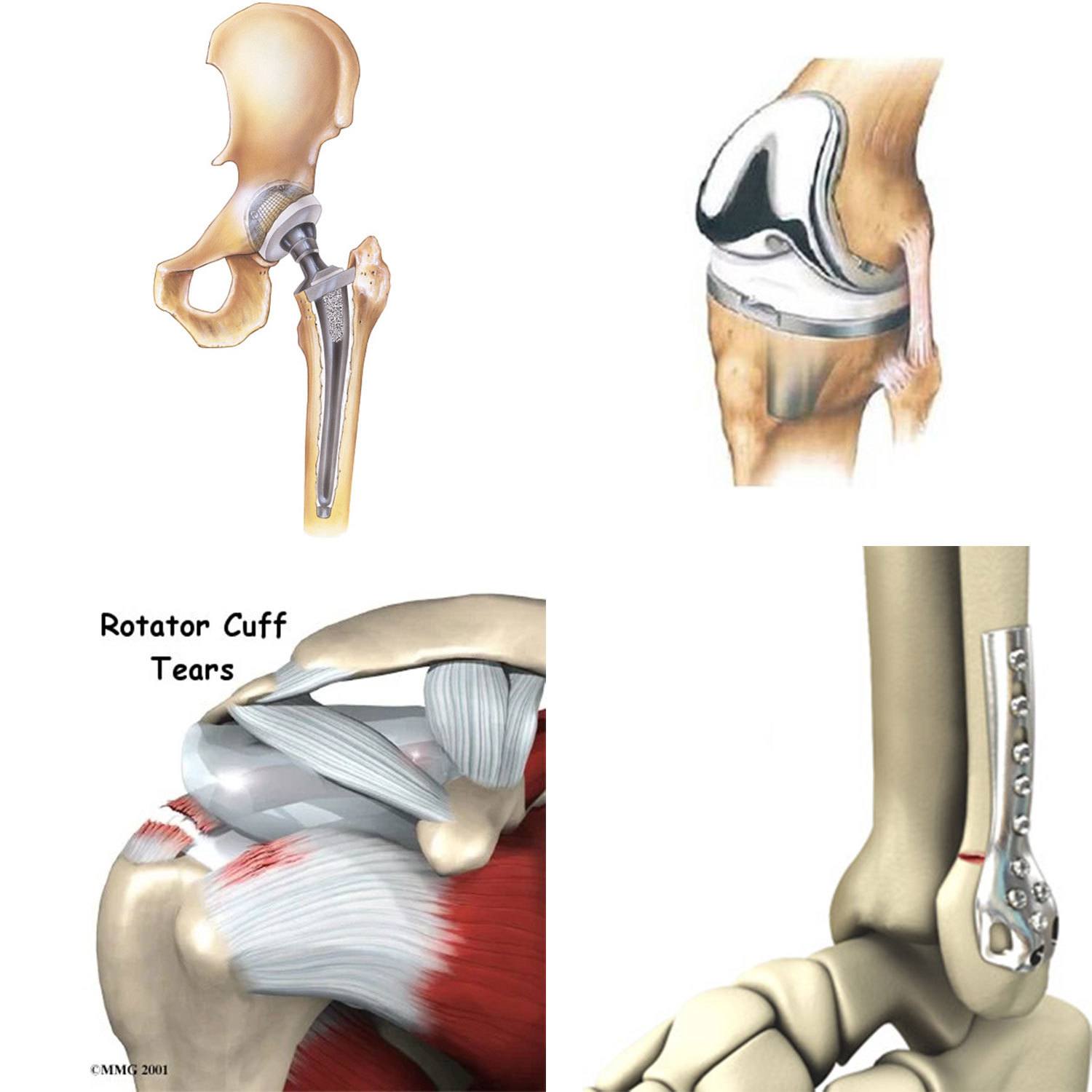
What Is It?
Pre & post-operative physiotherapy for Orthopaedic Surgery is an orthopaedic rehabilitation treatment plan that is individualized to your specific goals and surgery. Typically, it can be divided into four phases of preparation and recovery.
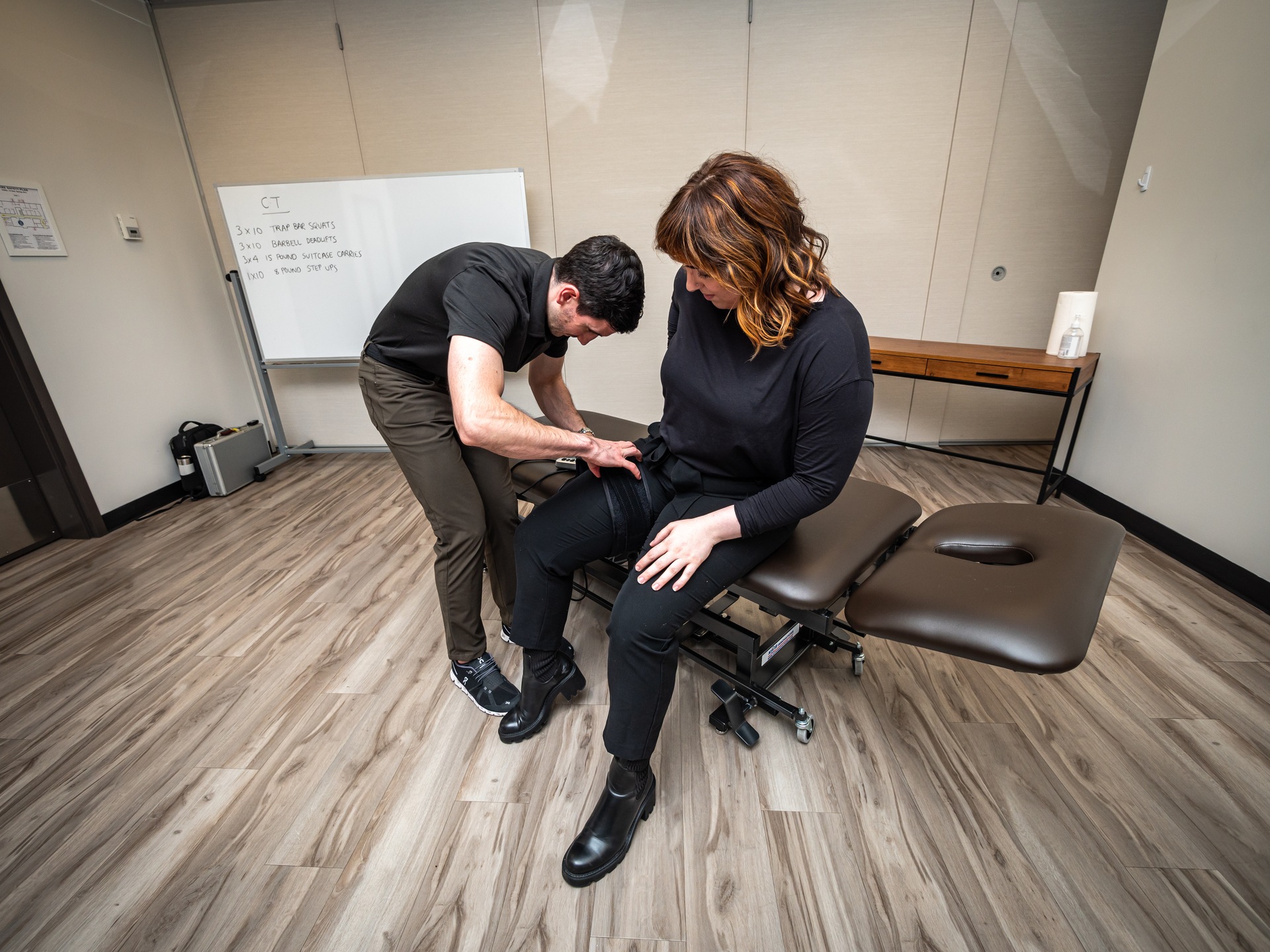
- Preparing for surgery: Focuses on getting you prepared for surgery
- Early recovery: Focuses on early post-op recovery (in hospital and the first days/weeks at home)
- Rehabilitation: Focuses on restoring range of motion, motor control, and strength & endurance (progressive load management)
- Return to activities and sport: Focuses on restoring function according to your individual goals and meaningful activities
Preparing for Surgery
Goals: To prepare for surgery physically, psychologically and socially.

This phase helps you, and your home team, prepare for surgery by ensuring you have acquired and are able to manage the post-op requirements for ambulation (use of a walker, crutches or cane) and activities of daily living at home (move into/out of bed, on and off the toilet, manage stairs etc.) in the early days/weeks after surgery. Blood Flow Restriction therapy can also help to maintain your muscle strength as you prepare for surgery.
Early Recovery
Goals: To manage post-op pain, swelling and promote healthy healing of the surgical scar. Provide assistance with early ambulation and activities of daily living. Maintain gentle range of motion of the surgical region (if appropriate) and start motor control exercises.
This phase of your rehabilitation journey will begin in hospital. The aim is to get your body moving early after the surgery. The physiotherapist will get you up and walking (based on your weight bearing restrictions set by the surgeon) and started on introductory exercises. They will also provide you with education on any precautions you should be aware of prior to your discharge home. These introductory exercises will start your rehabilitation journey with the goal of increasing your mobility, maintaining your range of motion, and helping you to manage your pain. This should set you up with the required tools and resources to help discharge you from hospital confident in your ability to move around your home (e.g. stairs, in and out of bed/shower). We will continue this phase in clinic meeting you functionally where you are at. From here you can progress into the rehabilitation phase.
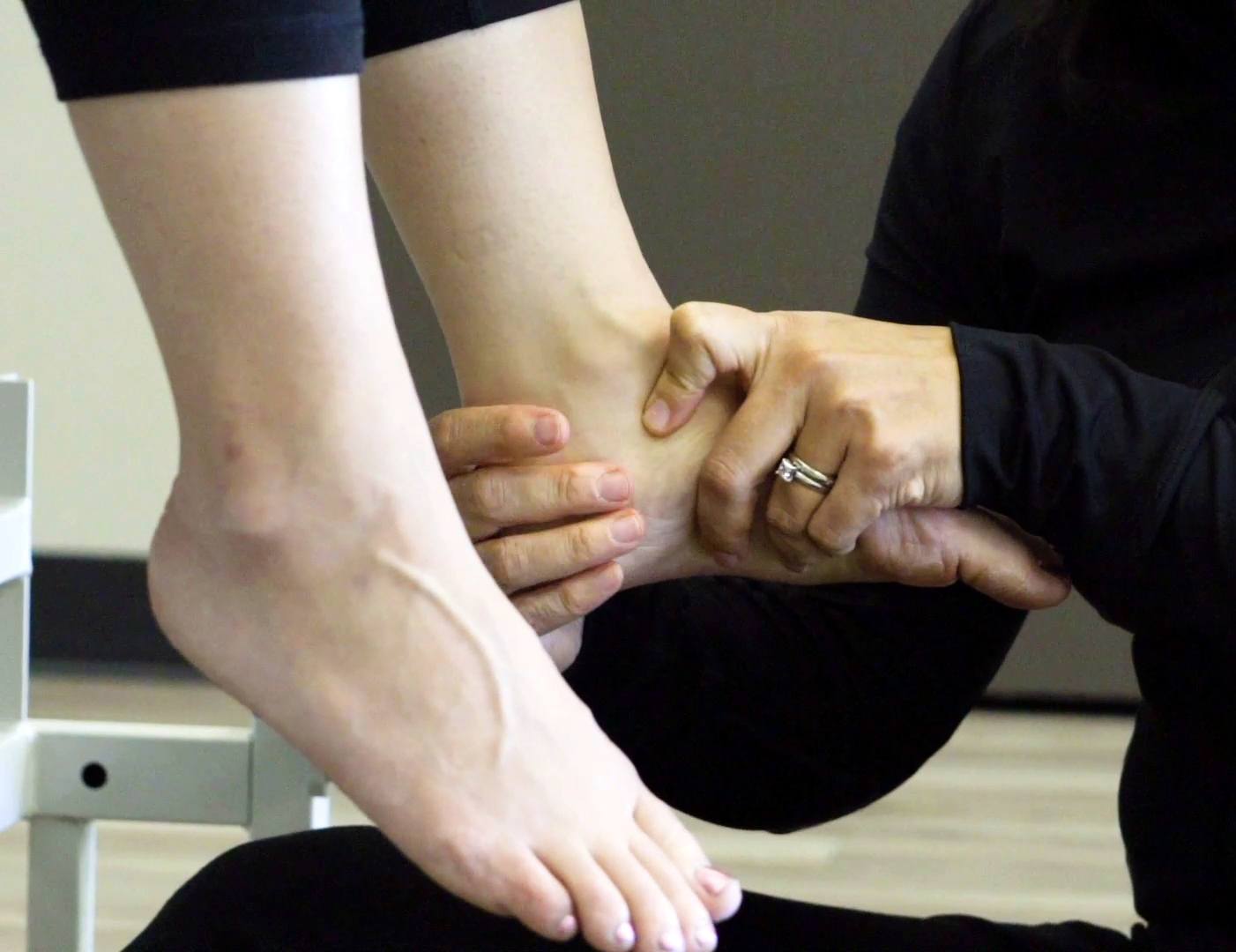
Rehabilitation
Goals: Continue to follow the protocols of your specific surgeon/surgery with respect to the amount of loading and degree of movement permitted. Once ‘released’ from this protocol, load management is progressively increased according to your eventual activity goals.
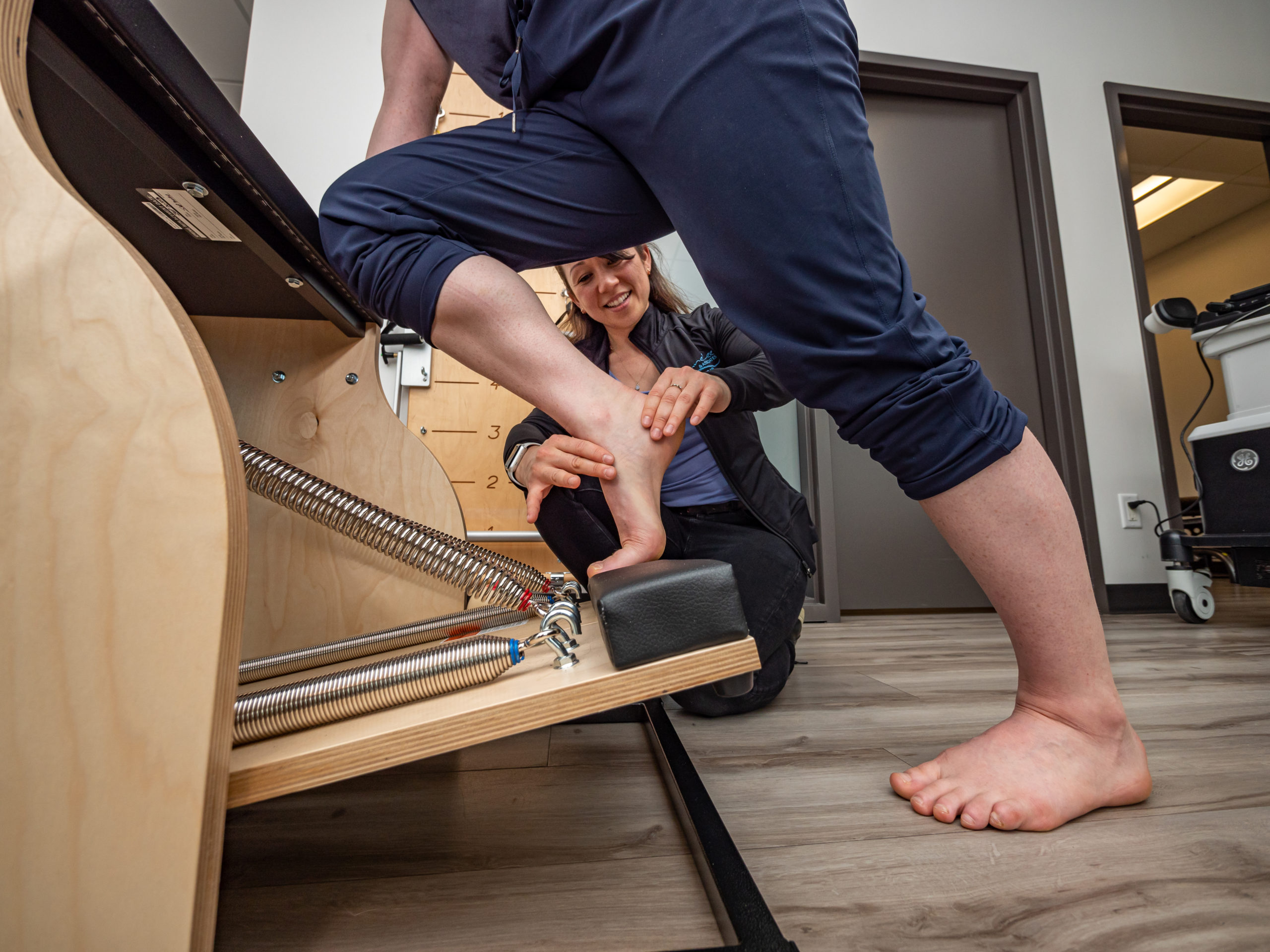
Rehabilitation bridges the early recovery and return to activities and sport phases and is variable in length. During this time, continued guidance from a physiotherapist is highly recommended and improves the outcomes of surgery. The timeline for this phase will be dependent on the type of surgery you have and also you as an individual. Overall, the goals of this phase are to continue to facilitate wound repair and healing, reduce swelling, improve range of motion, and progressively start to load the surgical region.
Treatment may include manual therapy, dry needling of soft tissue, motor control training (waking up inhibited muscles and reducing bracing strategies) and exercise prescription (range of motion, progressive strengthening & load management).
Your physiotherapist will support you during this phase and help you monitor your progress with outcome measures and exercise progressions.
Return to Activities and Sport
Goals: It’s up to you! Tell us the activity goal and we will build the program to create your best chance for success.
As you move through the stages of tissue healing and progressively start regaining function after surgery you will start to transition into the functional or return to activities/sport phase. This is a continuation of rehabilitation in which the goals continue to be aimed at restoring range of motion, and improving strength and endurance of the muscles supporting the surgical region. This phase also starts to consider your whole body by looking at your movement strategies in order to protect your surgical site and learn to load the region efficiently by managing loads effectively. Your physiotherapist will collaborate with you to determine the most meaningful activities that you want to resume after surgery.

This is where the rehabilitation program begins to become customized to your individual goals. Your goals will be broken down into building blocks to help you progress forwards to reach your desired outcomes. This phase of your post-operative recovery can continue for up to a year, but don’t worry, your physiotherapist will be there to help guide you along the path to recovery.
Important Considerations for Post-Operative Physiotherapy
Every surgery, and surgeon, comes with specific restrictions and timelines recommended for best outcomes. Please bring any important information regarding Rehabilitation Protocols, Precautions or Surgeon instructions to your appointment.
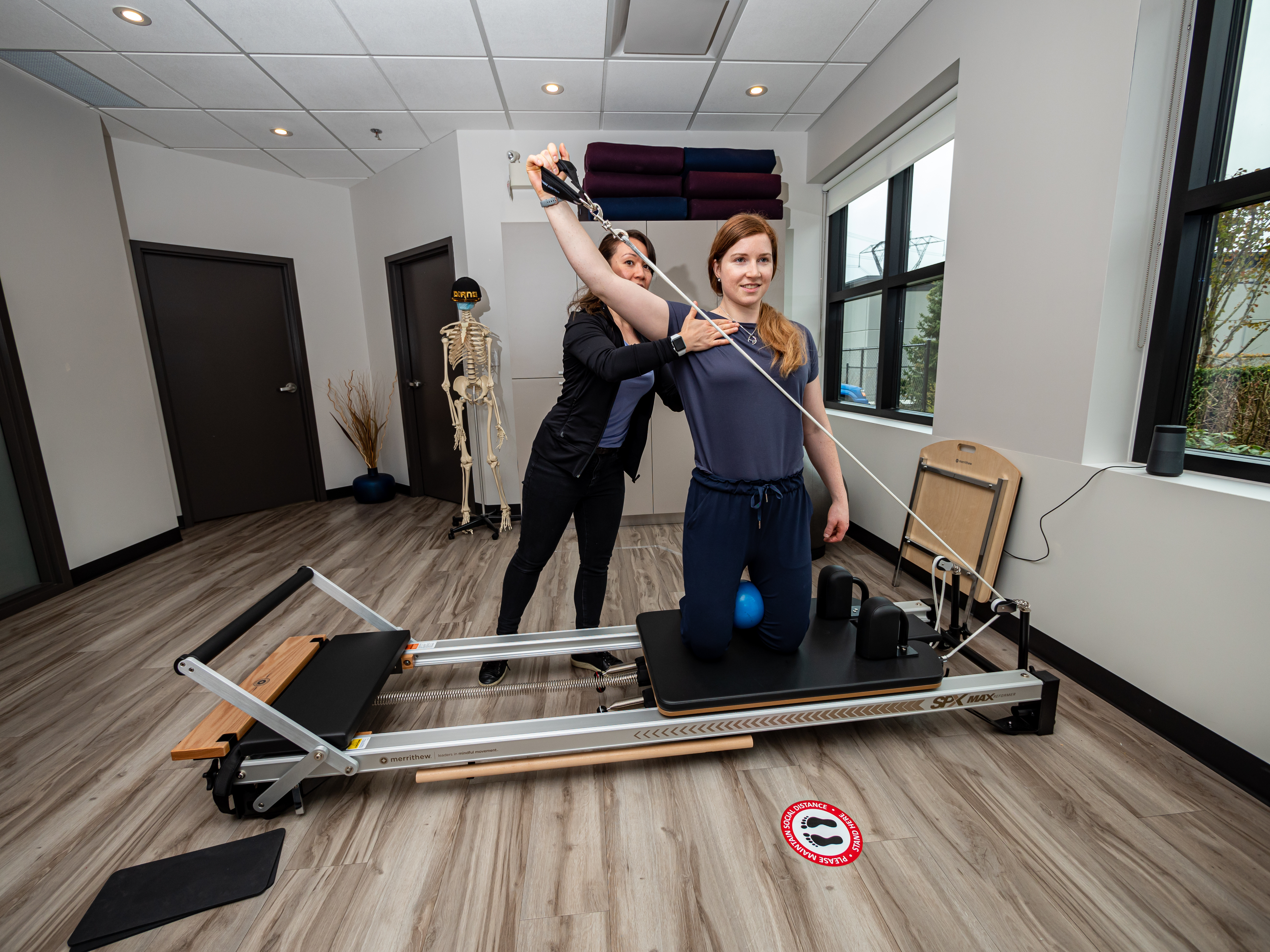
Everyone has a unique medical history and progresses through the phases of recovery at different speeds. Your physiotherapist will help to guide you through the pre and post-operative recovery at a rate and level that is suitable to your capabilities.


